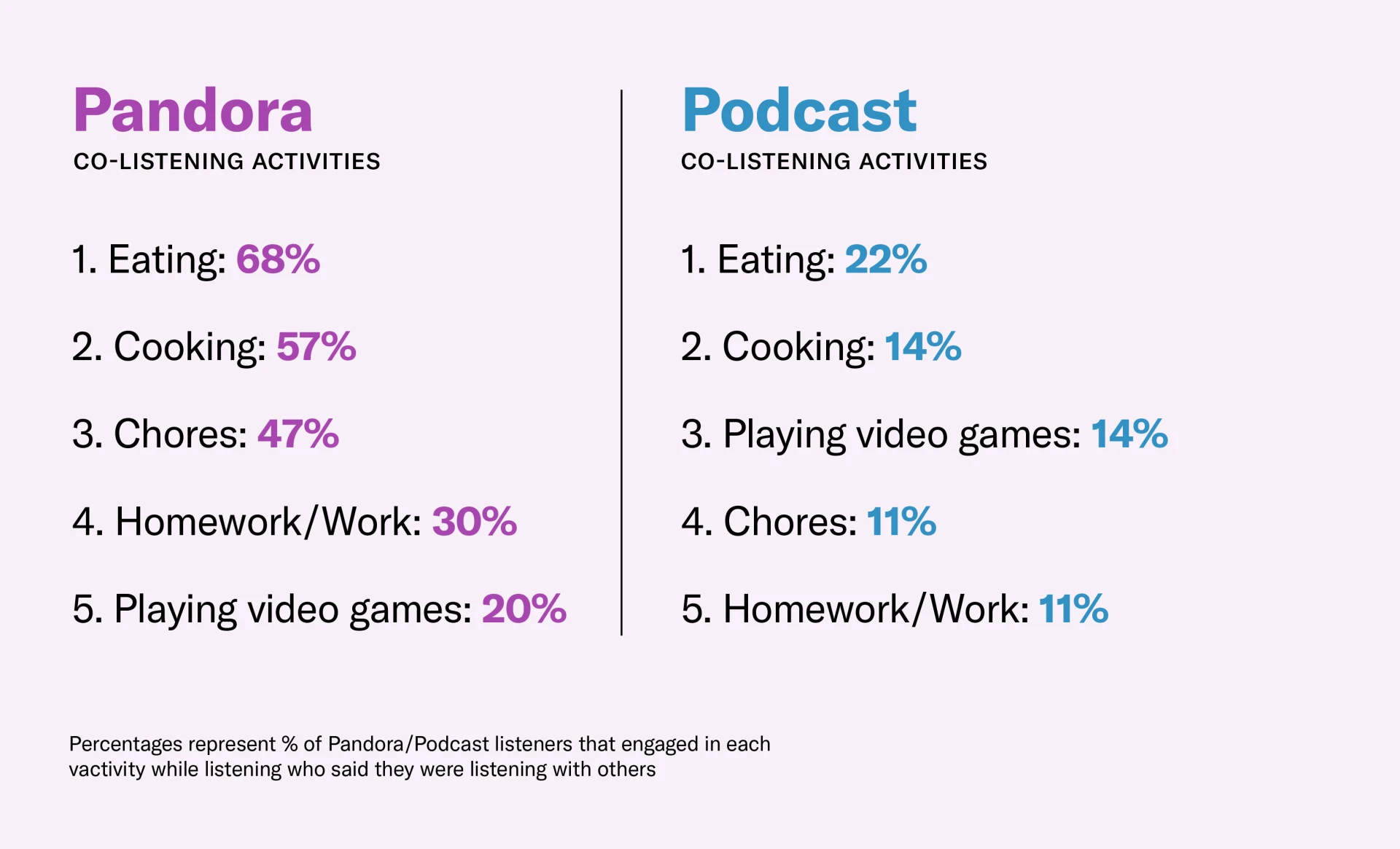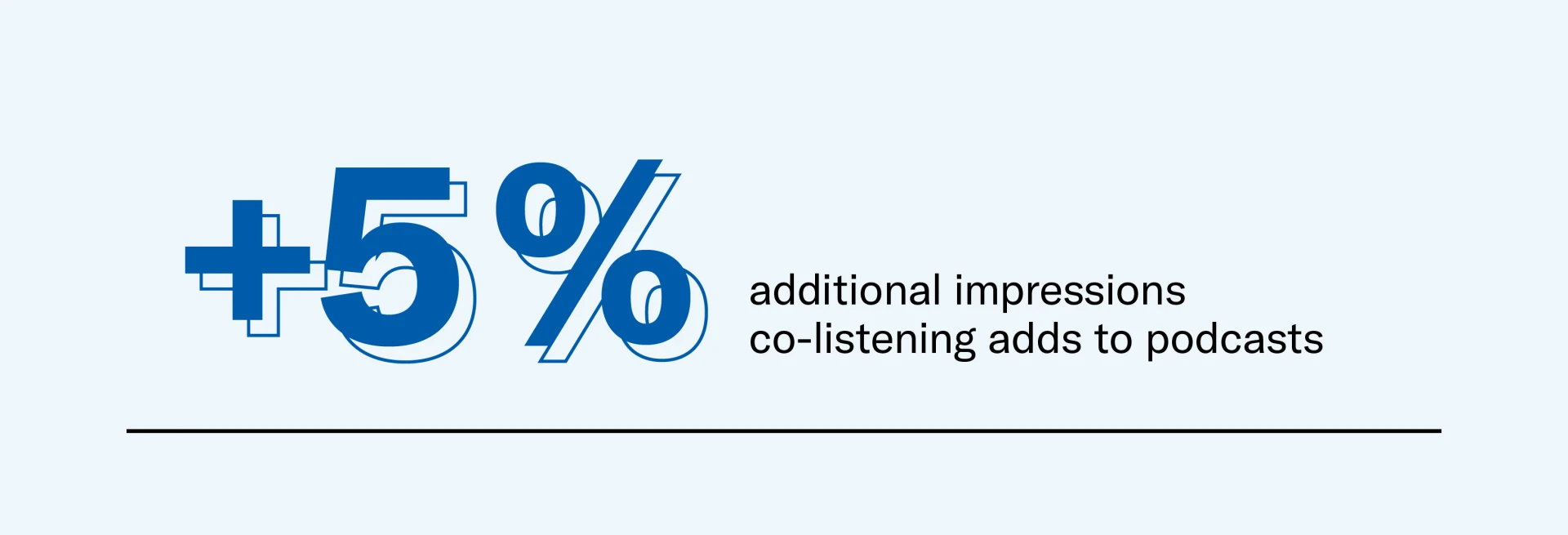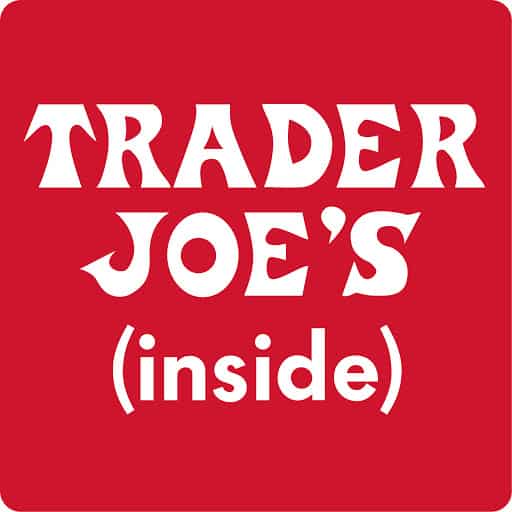Netflix. Spotify. Instagram. Starbucks. Airbnb
What do these have in common? Probably nothing, you might say. But you can’t deny the fact that while reading each of these names, their logos, colors, and fonts flashed right in front of you. So, they do have one thing in common, that is, they stand out due to their unique brand identity.
In this rapidly growing digital world, for any business to scale up globally, it is pivotal that they position their brand in a way that leaves a mark on the viewers. A brand’s true success comes not only through its sales and profits but also from how deeply its identity is etched in people’s minds.
Customers get attracted to brands that are consistent in their positioning across different platforms. One of the best ways to build a strong brand is to have a Style Guide that not only defines the crucial aspects of a brand but also makes it easier when someone wishes to replicate it.
What Is a Style Guide?
A Style Guide is a document or a reference sheet that has details about a company’s logo, colors, fonts, visual images, icons, and illustrations which are to be used consistently across different digital platforms uniformly.
Most businesses these days have a digital presence with creative teams working on it. Having a brand guideline or, simply put, rules set for positioning and expressing the brand identity makes it easier for the creative teams to adhere to the brand style. A style guide has all the elements that define a brand which helps in keeping the brand appearance consistent across multiple digital channels.
Concisely put, a style guide is a reference document that absorbs your brand entity to make it more user-friendly and easy to recreate.
Huge businesses that have a global audience have detailed brand style guides in comparison to the smaller ones.
Let’s look at some of the well-known elements present in a style guide.
Elements in a Style Guide
1. Brand Logo
The style guide should enlist the different variations of your brand logo across different products and verticals. So much so that even a slight change in the logo should make users recognize it. Along with the different variations in which the logo can be used, it is also advised to have a list of variations that are not to be used in order to maintain the brand position.
Example:

There would hardly be a soul on this planet who does not recognize this logo – APPLE. Though they might change the size of the logo across different products, the color and style remain the same.
2. Color Palette
A color palette defines the color schemes, including primary and secondary colors that reflect your brand and supports the purpose of your site. Including it in the style guide explains how it is to be used with anything associated with your brand. This will help your team to keep your brand identity consistent across different channels.
3. Name of the Business
A brand will mention the different variations of names that its team can use to represent it publicly. Having a predefined set of names helps the business in mitigating the risk of creating confusion among its consumers. As a result, the style guide must contain the business name and its variations, along with guidelines for proper usage.
Example:
Customers often confuse the brand name with the business name, believing that both are the same. This can be explained with the example of the Ford Mustang. Ford Motor Co. is the parent company of many car brands. Within each brand family, there are sub-brands, such as the Ford Mustang and Ford Focus. While the brand name appears on products, the business name is used to carry out administrative tasks.

4. Textures & Patterns
Textures and patterns act as supporting elements in your style guide which can be used to enhance the content, style, and tone of your brand. Placing them in your style guide can help in keeping your visual identity intact when using them on your web pages or social media posts.
5. Typography
Literally speaking, typography in branding deals with sustaining a parity between the use of text and the visual form of a page. Typography is not just about creating visually appealing text but also about enabling the message of a brand to be spread evenly.
Typography in your style guide includes text formatting guidelines for the font name, font style, font size, and font color used for headings, subheadings, and body text, as well as detailed guidelines for punctuation and capitalization. Aside from text formatting, paragraph and page formatting should also be mentioned because they have a significant impact on the quality of the textual content.
Example:
The multi-billionaire eCommerce company, Amazon, does provide the most comprehensive guide when it comes to typography.
There is one font that represents all Amazon products and services: Amazon Ember. Amazon Ember Display is also the primary typeface for Alexa, while Bookerly is used for hint text.
Below you can see the typography guidelines of the Amazon Echo brand:

6. Editorial Style Guide
An editorial style guide is that part of a style guide where comprehensive language and grammar guidelines are mentioned. It enlists the writing style, writing rules, grammar, strategy, and content type.
Example:
Here is one of the most renowned editorial style guides published: Microsoft Writing Style Guide:

7. Design Elements
This is a repository of all the design elements like illustrations, visuals, and photographs that a brand uses in positioning itself. Many brands rely on illustrations and photographs for their websites to add visual appeal to their users. Including these design elements in your style guide can help your creative team to maintain that visual consistency across all channels.
8. Icons
In order to present your brand consistently across all platforms, it is essential to ensure that you’re using a predefined set of icons for your brand. A set of icons could be anything from a well-known collection, or you can even define a customized one. Some examples of those well-known sets of icons are:
- Duotone Icons
Duotone icons are icons that are created using two colors; Primary Color is the one that takes up the major part of the icon, and Secondary Color is the one that complements it. - Outlined Icons
Simple and clean, outlined icons are popular for their lightweight and minimalist look. They don’t have any color fill and are created with just a single colored border to form the shape.
9. Button Formats
Buttons might be the smallest part of a brand strategy but will definitely make a huge difference if tampered with or do not match the brand position. For instance, if you’ve defined a set of rules which showcase how your button should look or work when interacted with, then it’s crucial to mention those rules within your brand style guide, so it becomes easier to understand and follow them while developing/redesigning your website.
Example:
If we take a look at Spotify’s interface, they provide uniformity in how their buttons act when hovered upon; the important ones get a bit zoomed in, while the secondary ones get highlighted. Including these little details in your style guide helps keep track of them.

Winding Up!
With the creator economy booming currently, there is no doubt that content creation is going to rule for a long time. For your brand to grow online, it is essential to have an effective content creation strategy, and a style guide can prove helpful in making it effective in an easy and simple way.















